Fire dancing is a lot of fun, but before you light up there are a few things you should know. Listed below are some basic fire safety information as well as some specifics on fuels and other things related to the fire. Please read through this information and take it seriously, it is here for your benefit.
Equipment Maintenance
Always check your equipment before use, even if you just did a performance and are about to re-light, check it again. Check all parts for wear. Are your handles ripping? Are there cracks in your ball chain or metal hardware? If your wick is starting to fray, trim is before lighting up again.
Clothing
Wear tight-fitting natural fabrics and cloth. Synthetics are not a good idea, especially fleece. It catches on fire easily and melts very quick, (I found this out the hard way). Leather pants work very well. If you have long hair you need to wrap it up or wear a hat. Wetting your hair is also a good idea when it can be done. Hair sprays, dyes, gels are not a good idea. Whatever you are planning on wearing, test it first.
Do your performance at least once in the costume you are planning to wear, make sure you are comfortable in and can move freely. Common sense is your best friend.
Personal Safety
Never spin with fire alone. You need someone else around that is familiar with your routine and your moves. This person needs to be comfortable around fire and know what to do in case of an accident. This person should also know first aid. Your "assistant" needs to have a fire blanket or damp towel ready
at all times and have a fire extinguisher (ABC) on hand.
Practice, practice, practice before you light up for the first time.
Never light up until you are totally comfortable with your abilities, and take it easy your first time. Don't try new moves while you are on fire, once again, COMMON SENSE.
Safety of others
Not only do you need to be aware of yourself, but aware of the audience as well. Your "assistant" should have crowd control skills. Make sure your performance area is large enough and there are no obstacles to trip over or get tangled up in. Keep your dipping station away from the crowd and away from your performance. Keep an eye on your audience.
Fuel Station/Dipping Station
Keep your dipping station in a well-marked area away from the audience and all fire performances. You don't want a spark flying into it!! Your fuel should remain sealed when not in use. Your dipping station should at very least include, a dipping bucket and a Spin-off bucket. Depending on what type of wick you are using, dipping times will vary. After dipping be sure to spin off the excess fuel into a Spin-off bucket. Some performers like to use the extra fuel as part of there act, only do this if you know what you are doing and it will be safe. Fuel is an environmental hazard, please be kind to the earth.
Types of Fuels
This is a very controversial topic. It is all about what combination of fuel works for what application you are using it for. Experiment, and find out what works best. Below is a list of common fuels and their properties.
Kerosene or Paraffin
Kerosene and Paraffin are pretty much the same fuel. Paraffin aka: Lamp Oil, is a
derivative of Kerosene. Kerosene is the base fuel before other additives are mixed. An example would be Lamp Oil. This fuel burns a little smoky and leaves an oily residue after the burn. Generally takes a few seconds to ignite. This fuel tends to burn the longest. This is a good fuel if you need to dip a while before your performance as it takes the longest time to evaporate.
Naphtha
Some common examples would be Coleman White Gas and Lighter fluid. This fuel burns the hottest, brightest and cleanest. This fuel ignites the quickest, but it also evaporates the quickest. This is the most popular fuel used because of its low flash point and bright flame. This fuel is very volatile and should be used with extreme caution. Keep all flames away from fueling station.
Lighting
Always light your wick away from your face and away from your dipping station.
Always light from below the wick. If you are using a lighter, do NOT put the lighter back in your pocket.
Extinguishing
It is a good idea to extinguish your flame before it goes out on its own. This will greatly extend the life of your wick. If the flame is nearing its end you can blow it out by blowing from the base upwards. Your assistant can put out the flame with the use of a fire blanket or a damp towel. After your wick is out you can put it back in the fuel to cool off.
NOTE: If you are using Coleman white gas or any fuel more volatile than Kerosene,
do NOT I repeat do NOT, put it back in the fuel after it has gone out. The fuel will explode!! Also if you have a lot of metal on the end of your wick wait a few minutes before re-submerging it in the fuel.
First Aid for burns In case of a minor burn hold the burned area under cool running water.
In case of a major burn seek immediate medical attention. If you would like to do some further reading please visit the sites below.
The Spinsterz assumes no Liability if you or anyone
around you is injured as a result of using our products.



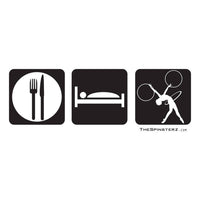

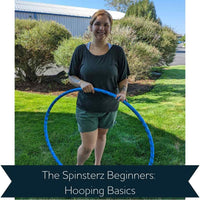
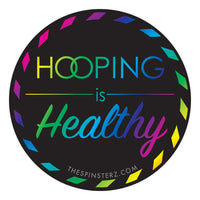
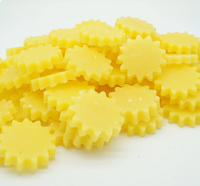
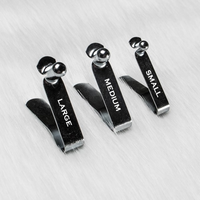
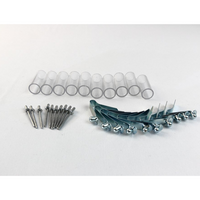
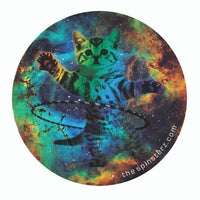

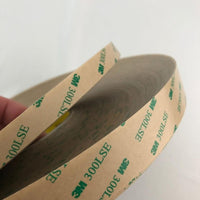

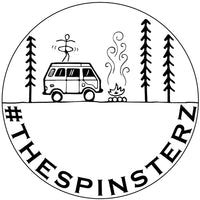
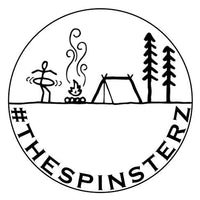
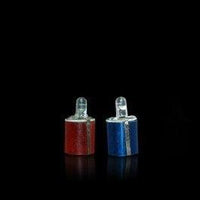
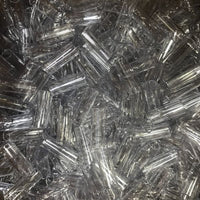
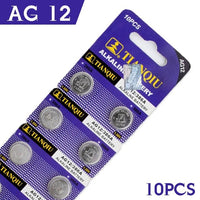
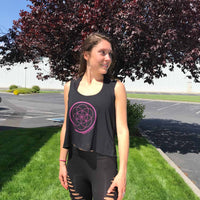
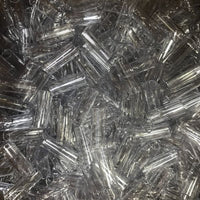
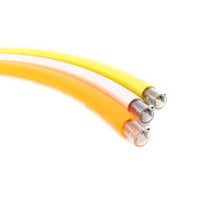

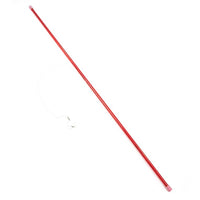
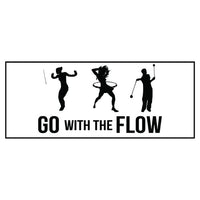
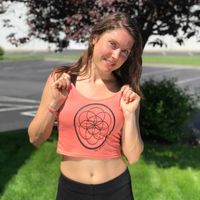
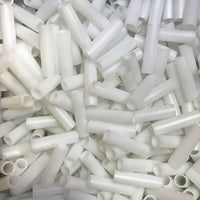
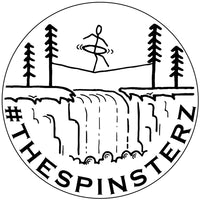
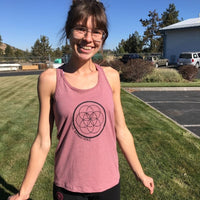
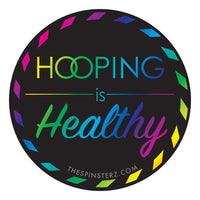
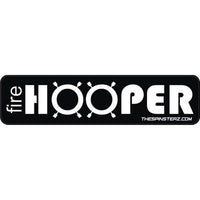
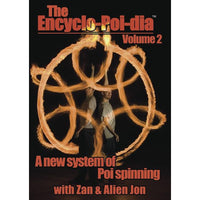
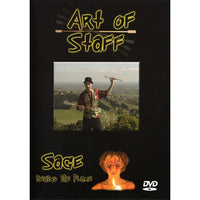
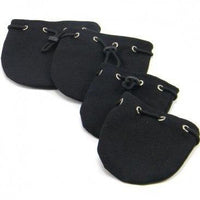
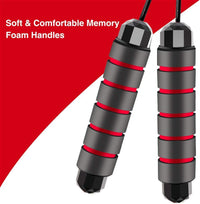
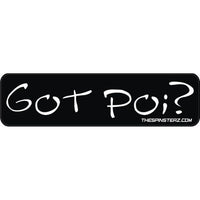
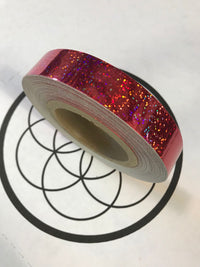
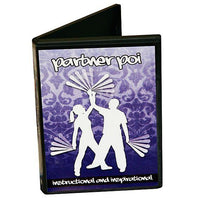
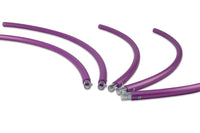
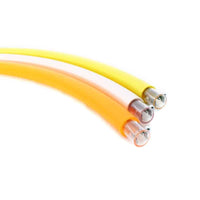
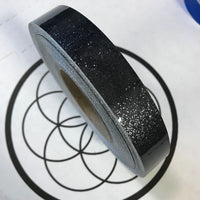
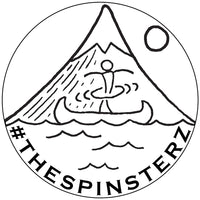
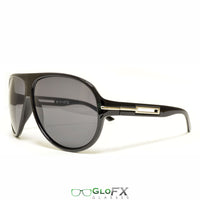
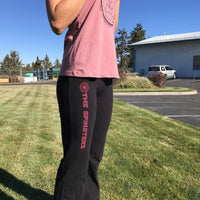
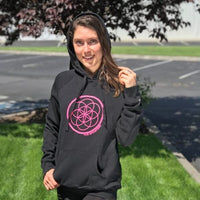
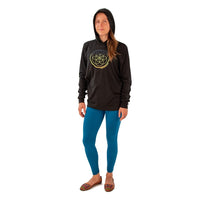
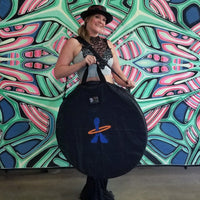
2 comments
Very useful information on fire safety guidelines, but in terms of clothing information is missing that the fire entry suit is designed for a perfect fit providing the wearer with the required freedom while moving along with outstanding flame protection, radiant heat reflectivity & wet flex resistance. Read more – https://www.rng.asia/fire-entry-suit
What do you mean when you say do not put your apparatus back in the fuel if you are using white gas? How long do you need to wait before you re-submerge it in fuel..?